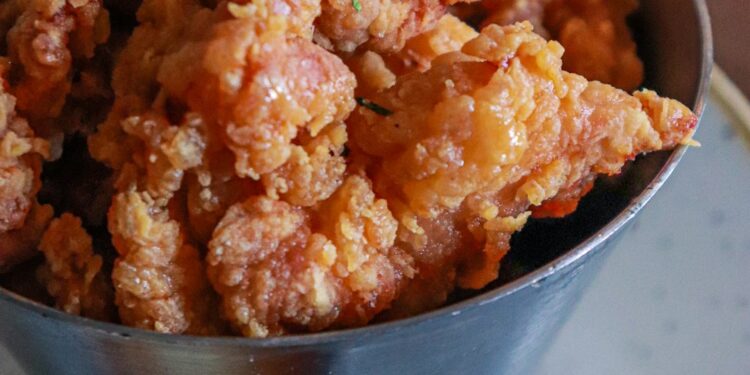Cheese and wine – a match made in culinary heaven. The perfect pairing of these two beloved gastronomic delights has been celebrated for centuries, with experts and food lovers alike extolling the harmonious marriage of flavors that can be achieved when the right cheese is paired with the right wine. The art of pairing cheese and wine is a delicate balance of flavors, textures, and aromas that can elevate a simple meal to a gourmet experience.
One of the key principles of pairing cheese and wine is to match the intensity of the flavors. A light and fresh cheese, such as a creamy goat cheese or a tangy feta, pairs beautifully with a crisp and acidic white wine, such as a Sauvignon Blanc or a Pinot Grigio. The acidity of the wine cuts through the creaminess of the cheese, creating a refreshing and balanced combination. On the other hand, a rich and aged cheese, such as a sharp cheddar or a nutty Gouda, pairs well with a full-bodied red wine, such as a Cabernet Sauvignon or a Merlot. The bold flavors of the wine complement the strong flavors of the cheese, creating a decadent and satisfying pairing.
Another important factor to consider when pairing cheese and wine is the texture of the cheese. Soft and creamy cheeses, such as Brie or Camembert, are best paired with sparkling wines, such as Champagne or Prosecco. The effervescence of the wine helps to cleanse the palate and cut through the richness of the cheese, creating a delightful contrast of flavors and textures. Hard and aged cheeses, such as Parmesan or Pecorino, are best paired with dry and savory wines, such as Sherry or Port. The complexity of the wine enhances the nutty and salty flavors of the cheese, creating a bold and satisfying combination.
When it comes to pairing cheese and wine, it’s also important to consider the origin of the cheese and wine. For example, a French Brie pairs perfectly with a French Champagne, while an Italian Parmesan pairs beautifully with an Italian Chianti. The regional characteristics of the cheese and wine often complement each other, creating a seamless and authentic pairing that celebrates the unique flavors of each region.
In addition to matching the flavors and textures of the cheese and wine, it’s also important to consider the aromas of the two. Aromatic cheeses, such as blue cheese or Roquefort, pair well with aromatic wines, such as Gewurztraminer or Riesling. The floral and spicy notes of the wine enhance the earthy and pungent flavors of the cheese, creating a bold and complex pairing. Light and fresh cheeses, such as Mozzarella or Ricotta, pair well with light and fruity wines, such as Rosé or Pinot Noir. The delicate flavors of the wine complement the mild flavors of the cheese, creating a subtle and elegant pairing.
When it comes to pairing cheese and wine, there are no hard and fast rules. The art of pairing cheese and wine is a subjective and personal experience, guided by individual tastes and preferences. Experimenting with different combinations of cheese and wine is a fun and exciting way to discover new flavors and textures, and to expand your culinary repertoire. Whether you prefer a classic pairing of Camembert and Chardonnay, or a bold pairing of Stilton and Port, the possibilities are endless.
In conclusion, the art of pairing cheese and wine is a delightful and rewarding experience that celebrates the richness and complexity of flavors that can be achieved when these two beloved culinary pleasures are brought together. By considering the intensity, texture, origin, and aroma of the cheese and wine, you can create a pairing that is as unique and individual as your own palate. So gather your favorite cheeses, uncork a bottle of wine, and let the culinary adventure begin!














